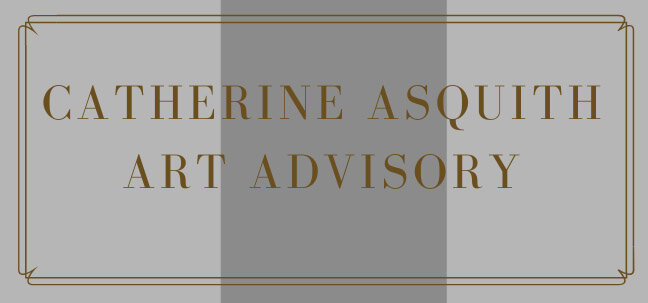Olafur Eliasson, Photo: Anders Sune Berg
Art advisors offer a range of services, from simply educating clients new to collecting art and sourcing one-off pieces for a new apartment for example, to providing access to hard-to-acquire artists to developing the thematic parameters for a major collection. Fundamentally, an advisor uses their expertise to assist a client make better, more informed purchases that will ultimately, stand the test of time.
With this in mind, what should be expected when engaging an art advisor?
Fundamentals
Primarily an advisor’s role is to provide an ‘art’ education: to impart knowledge to the client about the artist, about the artwork, about the gallery or auction house; about the context of the artwork in relation to the canon of Western art history, for example; and about the art market in general. A professional art advisor wants their client to gain an understanding of how the market operates, for example, the rationale behind pricing of artworks, to the machinations of the auction houses, so that they will become more confident in their art acquisitions.
With this development of confidence, the art advisor can then move on to perhaps challenging the client with a new or different or perhaps even controversial style of artwork and artist, something which provokes initially, slight discomfort for the collector, but which can perhaps become in time, appreciated. It goes without saying therefore that an art advisor needs to stay abreast of new ‘trends’ and ongoing developments in the art world.
Depending on the client’s needs will depend on the level of service, but all art advisers should be equipped with a working knowledge of art fairs, the collections of public museums and galleries, the commercial gallery circuit and the auction house scene, in order to be able to provide an entrée to these entities for their clients.
Services
For most art advisors, an initial first step with newly established collectors is to undertake an audit and valuation of the collection, and then discern ‘gaps’ in the collections, and areas which can perhaps be strengthened. In addition, the advisor can also provide recommendations as to directions and strategies to enhance the collection, for example, assist with monetising the collection by way of art loans to selected institutions, and/or perhaps develop a publishable catalogue of the collection.
In terms then of managing the collection, art advisors should be able to assist with various ancillary services and in this respect should have a solid database of specialist art couriers, installers, framers, and restorers and art specialist insurers and thereby allowing for a comprehensive service to the client.
Most art advisors will develop a specific area of expertise, for example, Australian Indigenous Art or Chinese Contemporary Art (1980s onwards) and will readily acknowledge this limitation, should a client be seeking advice on work(s) beyond a specific knowledge base. Moreover, a well-connected art advisor, will happily refer the client on to another advisor who specialises in the area sought by the client. Such referrals amongst advisors are and should be commonplace in most mature markets.
Transparency
One of the key attributes of engaging an art advisor is to satisfy the client’s desire for an impartial perspective, when sourcing and recommending selected artwork. A professional art advisor should be adamant about transparency in all their dealings.
Although common practice for some art consultants to receive a ‘kickback’ or commission from either an art gallery or auction house due to a sale, most art advisors will provide fee-based services and as such, should not then take a commission as well from either the gallery or auction house; it is a case of one or the other, not both! “Double-dipping’, that is, taking a fee from a client and then receiving a commission from a gallery is clearly unethical
There are some art advisors who hold inventory (stock), however for the most part, an art advisor adhering to an impartial position will not hold stock, and will therefore in theory, be able to source the best available work on the market for the client, as opposed to sourcing /providing work which they may have a vested interest in.
And finally, a transparent fee structure should be provided at the outset, to all new and existing clients. Common practices comprise either, a retainer fee, hourly or daily rates, or percentage fee, or, a combination of all 3 types of fees contingent with the type of service. The important factor is that this is clearly communicated to the client.
A passionate art advisor, one who is professional and dedicated, will be delighted to share knowledge, provide recommendations which suit you the client (and not the market), and will hopefully, take you on a fascinating and exciting journey!

